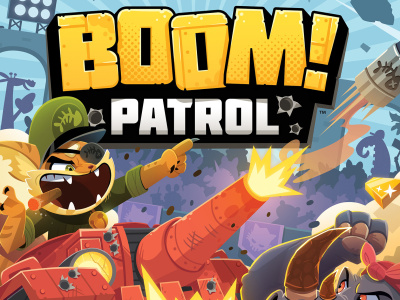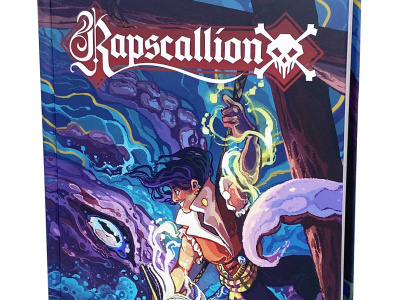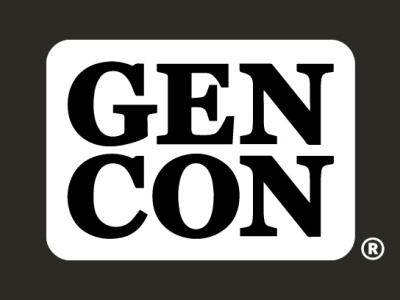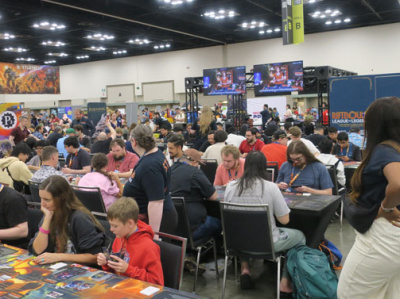 Rolling for Initiative is a weekly column by Scott Thorne, PhD, owner of Castle Perilous Games & Books in Carbondale, Illinois and instructor in marketing at Southeast Missouri State University. This week, Thorne looks at card game packaging.
Rolling for Initiative is a weekly column by Scott Thorne, PhD, owner of Castle Perilous Games & Books in Carbondale, Illinois and instructor in marketing at Southeast Missouri State University. This week, Thorne looks at card game packaging.Had a few customers asking for the Drinking Quest RPG but when I looked into it, I found it only available directly from the publisher. We waited on it until we could pick it up through distribution as I didn't see a retailer option available from the publisher and didn't want to pay the freight even if there was one, so was quite happy to see it listed as a pre-order item in one of my distributor's monthly newsletters. I'd heard a lot of good buzz about it and reviews were good, so looked forward to it hitting our shelves. It comes in and I find myself thinking "$24.99 for this?"
Drinking Quest comes packaged in a box just slightly larger than one of the old Magic theme decks and doesn't even fill the box the way a theme deck did. The box footprint is less than two square inches, nowise big enough to give a good description of the game, much less show a full depiction of any of the cards. I expect the only people who purchase this will be those who read about it on the Internet or heard about it from other sources as there is not enough info on the box to sell it to someone who picks it off the counter without already knowing about it.
Way too many small press card games go the route of putting their game into as small a tuck box as possible. Since I am not a game designer or publisher, I can only assume this is done as a method of reducing costs in packaging as it certainly makes it much harder to sell the game in the store. A couple of other games we received as demo copies (through Impressions Advertising and Marketing's demo game program. You are participating, aren't you?) suffer from the same problem. Quack in the Box from Don Gusano Games and Woe to the Living, from Touch Paper Press, both play quite nicely but come in such small boxes that the packaging has little opportunity to perform one of its basic functions: give the customer enough information about the game for them to make a decision without consulting an outside source.
Compare either to what I consider the gold standard for card game packaging, Steve Jackson Games' Munchkin. As I have mentioned before, I thought Munchkin way overpackaged when it first came out. Two decks of cards in that big of a box? For $25? How am I ever gonna sell this to any reasonable person? However, the Munchkin box gives plenty of room to describe the game adequately, tells me how many people can play the game, what ages they should be and how long I can expect an average game to last. All useful information to a customer looking at the game in the store, especially if they have never heard of the game before. Hey, there's even enough room for pictures of the cards and some nifty John Kovalic artwork, all on a box large enough that it doesn't get lost on the shelf.
If you don't or can't make a box big enough to properly display its contents, then go the Looney Labs or Wizards of the Coast route and pack multiple copies of the game in a display box and make it available by display as well as individually. You will sell more, both to the store and to the consumer.
The opinions expressed in this column are solely those of the writer, and do not necessarily reflct the views of the editorial staff of ICv2.com.







